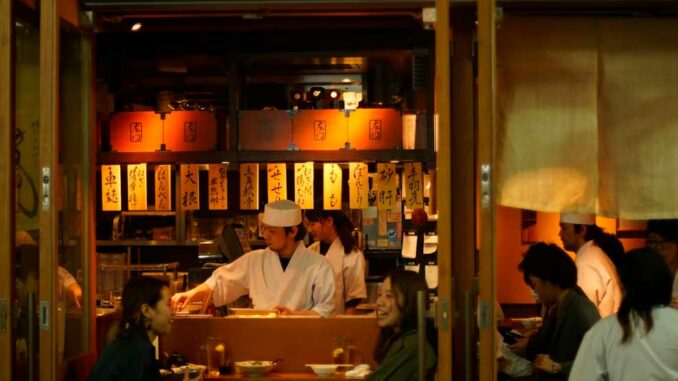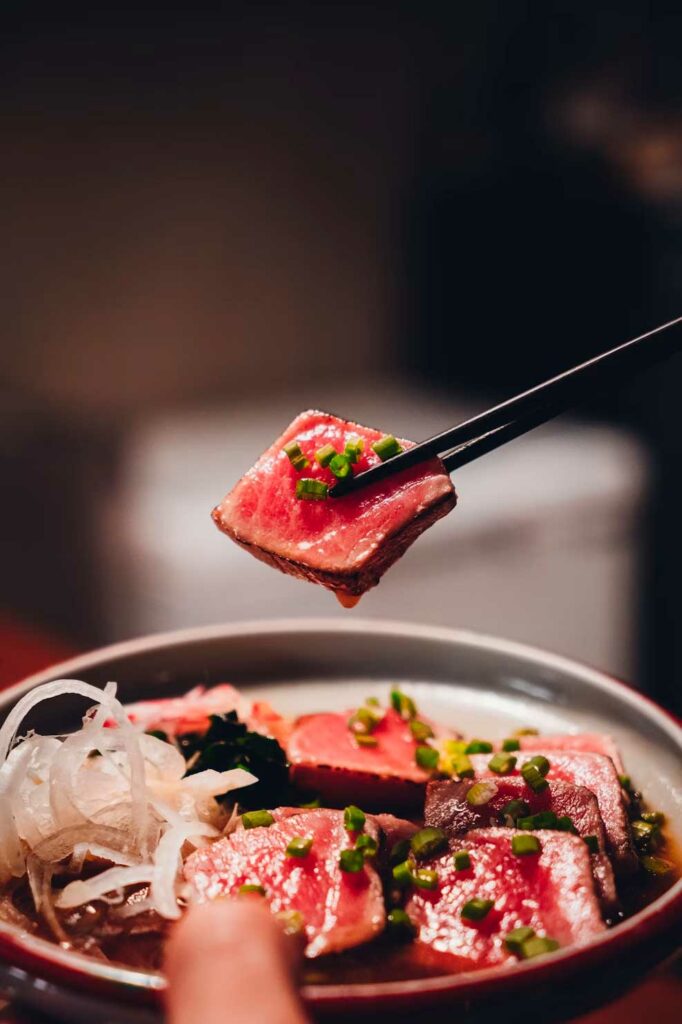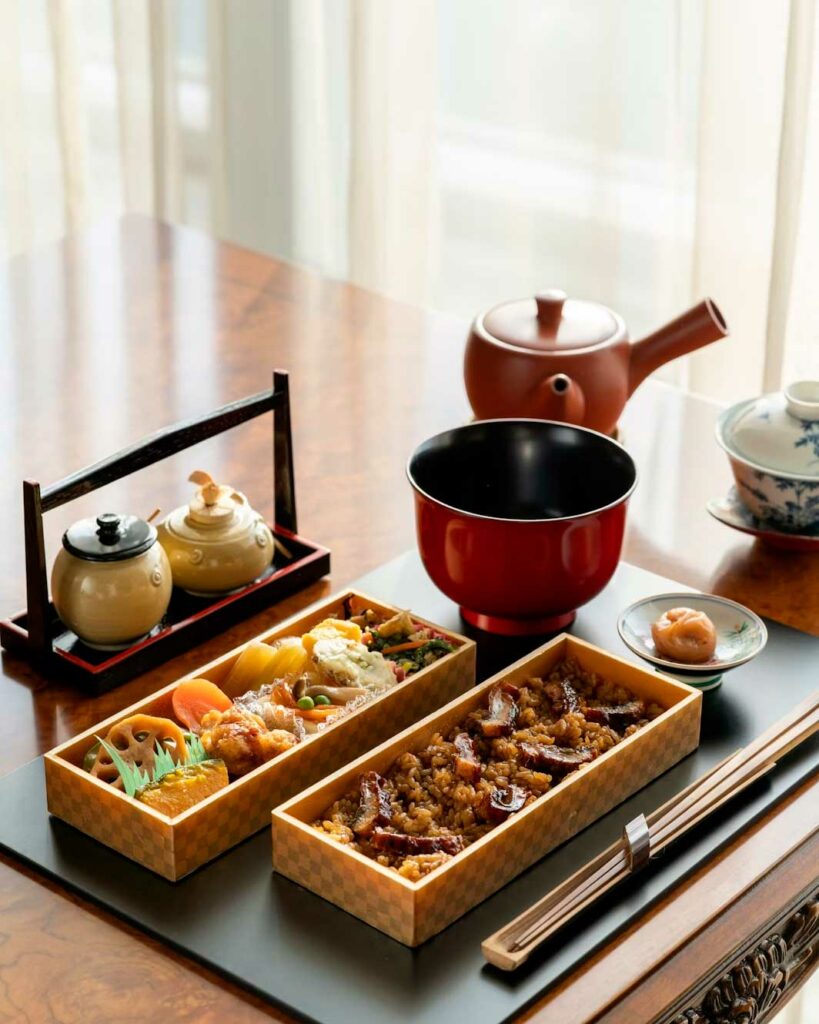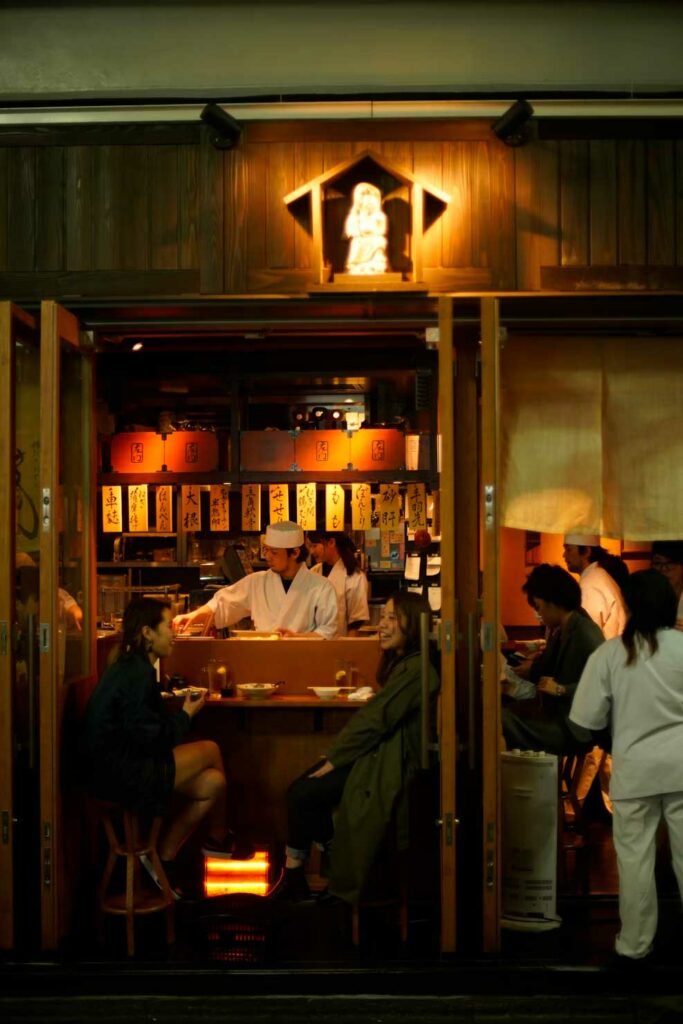
From sushi and ramen to dashi and kaiseki, explore how Japanese cuisine blends seasonality, artistry and technique—and where to learn it, even in France.
Japanese cuisine is a study in balance: flavor and restraint, seasonality and technique, heritage and innovation. It has absorbed outside influences for centuries while protecting its own rituals of hospitality and presentation. At its core are rice, pristine seafood, vegetables at peak season, and stocks rich in umami. Around these foundations, cooks shape dishes as varied as sushi, ramen, tempura and regional specialties like okonomiyaki. This article looks at how history forged the Japanese table, the building blocks of taste, the techniques that define precision in the kitchen, and the best ways to experience this world—at home, in Japan, or through cooking classes in France that connect Japanese traditions to European palates.
What defines Japanese cuisine today
Japanese cuisine—often described under the cultural umbrella of washoku—sits at the crossroads of deep tradition and ongoing exchange. Over two millennia, Japan developed an agricultural base centered on rice cultivation and a maritime pantry of fish and shellfish. Courtly aesthetics during the Heian era refined ideas of harmony, color, and service. Later waves of contact brought new ingredients and methods: Chinese noodles that inspired ramen, Portuguese frying techniques that evolved into tempura, and Western influences that yielded yoshoku dishes like katsu. Yet the cuisine retained a clear identity anchored in seasonality, balance, and respect for ingredients. The modern Japanese table remains guided by shun—the precise moment an ingredient is at its best—supported by meticulous preparation and visually composed plates that speak to both appetite and restraint. This living heritage, recognized internationally, continues to expand its reach without losing its grammar of taste and craft.
Foundations of flavor: rice, sea, and umami
Japanese meals are built around rice, whose short-grain varieties give the characteristic gloss and gentle stickiness prized for sushi and everyday dining. Names like Koshihikari and Sasanishiki matter to cooks and diners alike because texture—firm yet tender, cohesive but not heavy—shapes the entire experience of a bowl or nigiri. Alongside rice stands the sea: raw fish for sashimi, pristine fillets for salt-grilling, and bony cuts simmered for broths. Vegetables—from radish and eggplant to wild greens and mushrooms—add contrast and nuance, often prepared simply to respect their natural sweetness or bitterness. Underpinning everything is dashi, the umami-rich stock extracted from kombu kelp and katsuobushi (smoked, dried, fermented skipjack). Dashi is not a sauce but a current; it carries flavor through miso soups, nimono simmered dishes, noodle broths, and delicate sauces, giving clarity rather than weight. The result is a cuisine that leans light yet resonates with depth, letting aroma and texture do as much work as salt and fat.
Iconic dishes, decoded
Japanese cuisine’s global ambassadors—sushi, ramen, tempura, okonomiyaki, yakitori—each tell a story of place, technique, and adaptation.
Sushi began as a way to enjoy the pure dialogue between rice and fish. Nigiri pairs a small pillow of seasoned rice with a thin slice of fish; maki rolls add seaweed and seasonal garnishes. Good sushi hinges on temperature and texture as much as on the freshness of the catch and the provenance of the rice. In knowledgeable hands, a piece of sushi feels inevitable rather than ornate.
Ramen, by contrast, is exuberant: a bowl where broth, noodles, tare seasoning, and aromatic oils interlock. Regional styles range from creamy tonkotsu to miso-based broths and soy-forward shoyu. Over the last century, ramen evolved from Chinese-inspired wheat noodles into a national comfort food, spawning artisan shops, instant inventions, and a kaleidoscope of local variations. Ramen culture today is both nostalgic and fiercely creative.
Tempura shows how Japan absorbs and perfects outside ideas. Introduced via Iberian traders in the sixteenth century, deep-frying became a precision art: ice-cold batter, blistering oil, and split-second timing yield an ethereal crust around seasonal prawns, sweet potato, or wild greens. Proper tempura is crisp but barely colored, allowing ingredients to speak above technique.
Okonomiyaki, the hearty “as you like it” pancake, reflects regional identity. In Osaka, cabbage, batter, and fillings are mixed before griddling; in Hiroshima, layers of batter, noodles, and toppings are built up and flipped into a towering savory cake. Both styles celebrate the griddle’s caramelization and the playful finish of sauce, mayo, and seaweed sprinkle. Okonomiyaki is streetwise, communal, and deeply satisfying.
Yakitori distills the pleasures of fire. Skewers of chicken—thigh, oyster, skin, liver—grill over white binchotan charcoal, brushed with sweet-salty tare or simply salted. The goal is snap and juiciness, smoke without soot, and a sequence of textures that reward focus. In specialty shops, yakitori becomes a course-by-course exploration of cuts and craft.



Techniques that shape the kitchen
Precision knife work sits at the center of Japanese cooking. Specialized single-bevel blades create paper-thin sashimi slices, shaved vegetables, and clean cuts that preserve cellular structure and texture. The discipline extends to arrangement: angles, negative space, and color contrasts are deliberate, never decorative for decoration’s sake.
Dashi making is another bedrock technique. Kombu is gently infused to extract glutamates without bitterness; katsuobushi is steeped briefly to keep aromas bright. Many cooks prepare ichiban (first) and niban (second) dashi for different applications, a practice that saves waste and calibrates strength. Beyond the stockpot, grilling and smoking express the Japanese dialogue with fire. Charcoal grilling over binchotan delivers intense, even heat with minimal smoke, producing crisp exteriors and juicy interiors. Smoldering woods like cherry can add a delicate perfume to fish or duck without overwhelming their sweetness. On the griddle, teppanyaki favors control over showmanship: fast sears, small cuts, and the ability to cook and serve at the same table make it as practical as it is theatrical when chefs turn service into performance. Together these methods explain why Japanese plates taste so clean: technique edits rather than obscures, heightening each ingredient’s natural voice.
Seasonality, aesthetics, and ritual
Seasonality is not just a preference in Japan; it is the cuisine’s organizing principle. The idea of shun governs menus, market stalls, and home kitchens. Spring might bring bamboo shoots and young greens; summer, sweet corn and river fish; autumn, matsutake mushrooms and persimmons; winter, daikon and rich hot pots. In kaiseki—the refined multi-course meal rooted in the tea ceremony—this attention becomes a narrative, with courses, garnishes, and tableware echoing the time of year. The visual grammar is as codified as the cooking: balance of colors, heights, and textures; natural motifs in ceramics; and arrangements that suggest landscape rather than replicate it. Rituals like the tea ceremony underscore the cultural values behind the meal: gratitude, mindfulness, and hospitality. Together these practices explain the enduring appeal of kaiseki, where a sequence of small dishes reads like a poem about place and time rather than a parade of techniques.
Learning and experiencing Japanese cuisine
For many readers, the path to understanding this food begins at the table and continues in the kitchen. In Japan, visitors can explore ramen specialists, tempura counters, sushi bars, and izakaya that each highlight a different facet of the pantry and technique. But you do not have to cross continents to learn. Across Europe—and notably in France—serious schools and independent teachers offer cooking classes in France focused on Japanese fundamentals: rice preparation, knife skills, rolling maki, whisking dashi, and grilling skewers over tabletop charcoal. These workshops sit naturally alongside French cuisine training because both traditions value terroir, seasonality, and craft. For food travelers, France also offers a network of Japanese restaurants and grocers where cooks can practice with proper kombu, katsuobushi, and short-grain rice. Whether you study at home, pursue classes, or plan a culinary trip, the best education comes from tasting broadly, paying attention to textures and temperatures, and learning to season with restraint.
Eating with the seasons, thinking in balance
Japanese cuisine shows how a culture can evolve without losing itself. It welcomes influences yet keeps its center of gravity in simple ideas: peak ingredients, precise technique, and hospitality that feels both intimate and exact. From the crystalline flavors of dashi to the smoky snap of yakitori, from the disciplined minimalism of sushi to the layered comfort of okonomiyaki, it offers a broad and coherent language of taste. For diners exploring global food culture—and for cooks who want to refine their own practice—this is a cuisine that rewards patience and attention. Learn to feel shun, to cut cleanly, to season lightly, to plate with intention. Whether you experience it in Tokyo, Lyon, or your own kitchen, Japanese cuisine offers a model for how to cook and eat with clarity—an approach as at home in French gastronomy as it is in the neighborhoods of Osaka.
Cook in France is your independant source for food in France.